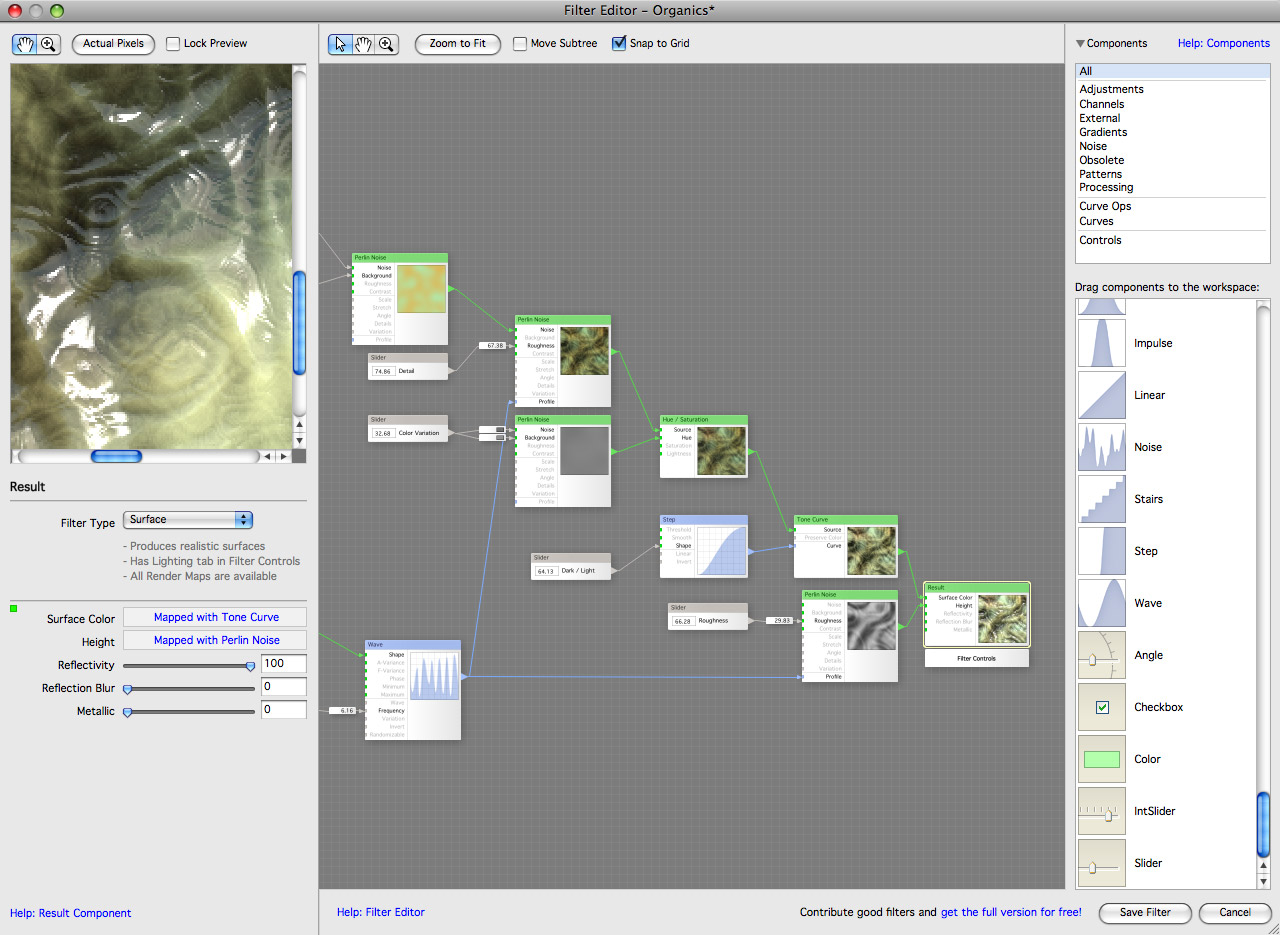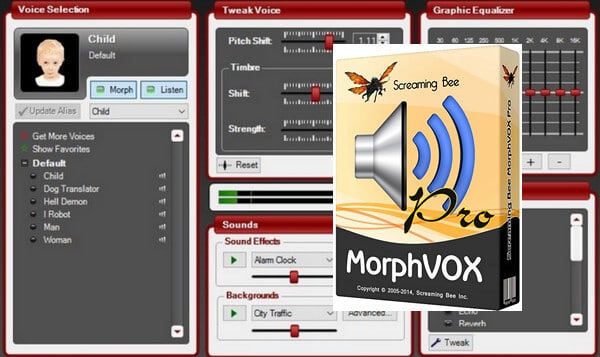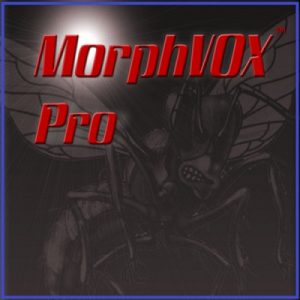
#FILTER FORGE 4.15 LICENSE KEY CRACK FULL#
Today you can create full tracks with just the included synths and samples, then you can play a live show straight from the same session, and there are tons of built in effects to get a great sounding mix.

Not that long ago you pretty much had to use hardware synths and samplers to create electronic music and DAWs were just used for recording or mixing tracks. For a relatively niche product it’s amazing to me that there are something like 10 very different but very high quality options to choose from.Īnd they have changed a lot in 15 years.
#FILTER FORGE 4.15 LICENSE KEY CRACK SOFTWARE#
DAWs are some of the most well thought out, reliable software I use. There's millions of copies of DAWs using a Cubase-ish sequencer-style interface in use every day. There are still tools that'll work with traditional music notation, but very few people use them for composition. And, of course, it requires your user to have some sort of formal music education. Deluxe Music brought traditional music notation into the computer, which was great for folks who were comfortable with it, but you lose a lot of control and information visibility when you do that.

I think it's worth noting that Deluxe Music is distinctly not what modern DAWs look like, while Cubase kinda sorta is. It felt like wearing gloves to compose after coming from trackers, where you had tick-precision (this was sort of a weird combination of interrupts and the BPM of your song, I don't remember the details now) control over everything like volume, pitch, arpeggiation, the Paula filter, etc. I found Deluxe Music cartoonish and not capable of doing what I wanted. I won a copy of Deluxe Music for Amiga in a music competition when I was a kid I'd made the winning track in MED or OctaMED, and kept using MED/OctaMED even after winning Deluxe Music. They are completely misunderstanding and underestimating their audience - audio is complicated and we need complex tools to do what we do.

Cubase has kept an interface very similar to its original Atari 2600 (I think?) version, because people have been using that app for 30+ years now.Īny time I see new-school UI designers' take on audio apps I cannot help but cringe. Ableton intentionally crams everything into one screen because it is used as a performance tool - if you've seen any recent photos of Daft Punk et al performing, you'll see it running right there on a laptop, usually above the mixer or the CDJs. Have you ever produced music with any of these tools? For one, their goals are different - FLStudio, for example, tries to be "the fastest path from your brain to your speakers", and the interface seems as such and is loved for it. (In fact every time I rant that modern design sucks and that apps need more features the first response I usually get back is, "but that's so much more testing! Do you know how many execution paths we'd have to manage?" Well, that is kind of the point) What? Modern "good interface design" (at least by HN standards) has almost nothing to say about complicated 1000+ feature apps. but if you look at other DAWs you'll see none are exactly bastions of good interface design


 0 kommentar(er)
0 kommentar(er)
